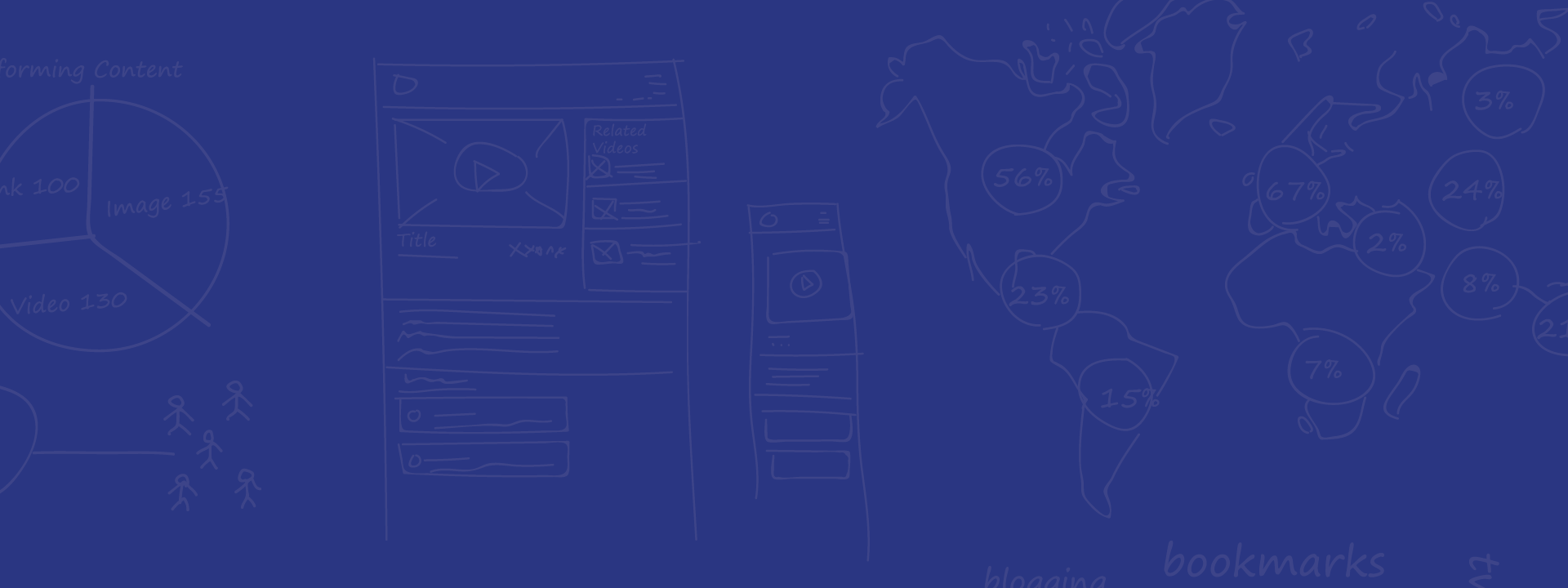À propos
Kate Crawford is a leading scholar of the social implications of artificial intelligence. Her latest book is Atlas of AI (opens in new tab) (Yale, 2021). Over her 20-year career, her work has focused on understanding large-scale data systems, machine learning and AI in the wider contexts of history, politics, labor, and the environment. She is a Senior Principal Researcher at Microsoft Research New York (opens in new tab), a Research Professor of Communication and STS at USC Annenberg, and a Visiting Chair for AI and Justice at the École Normale Supérieure in Paris. Her academic research has been published in journals such as Nature, New Media & Society, Science, Technology & Human Values et Information, Communication & Society.
Kate’s work also includes collaborative projects and critical visual design. Her project Anatomy of an AI System (opens in new tab) with Vladan Joler won the Beazley Design of the Year Award in 2019, and is in the permanent collection of the Museum of Modern Art in New York and the V&A Museum in London. Her collaboration with the artist Trevor Paglen, Excavating.ai (opens in new tab), won the Ayrton Prize from the British Society for the History of Science.
Contenu en vedette

Keeping an Eye on AI with Dr. Kate Crawford
Episode 14, February 28, 2018 - Artificial intelligence has captured our imagination and made many things we would have thought impossible only a few years ago seem commonplace today. But AI has also raised some challenging issues for society writ large. Enter Dr. Kate Crawford, a principal researcher at the New York City lab of Microsoft Research. Dr. Crawford, along with an illustrious group of colleagues in computer science, engineering, social science, business and law, has dedicated her research to addressing the social implications of AI, including big topics like bias, labor and automation, rights and liberties, and ethics and governance. Today, Dr. Crawford talks about both the promises and the problems of AI; why— when it comes to data – bigger isn’t necessarily better; and how – even in an era of increasingly complex technological advances – we can adopt AI design principles that empower people to shape their technical tools in ways they’d like to use them most.

